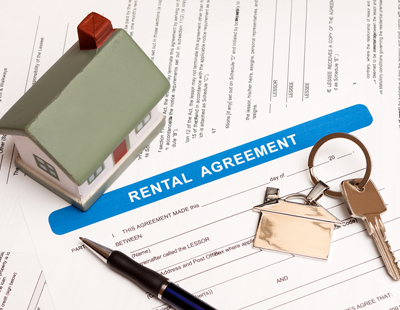
There’s been a 21 per cent rise in demand for properties from buy to let investors according to a new analysis from Zoopla.
“Strong demand for rental properties is likely to continue from investors, even as wider tax changes in recent years have caused some landlords to review their portfolios” explains the portal in its latest housing market snapshot.
Zoopla gives the investor demand as one of three key reasons why the supply shortage in the sales market is so severe - the other two reasons are more first time buyers and the failure of new build volumes to meet demand.
However, when it comes to capital appreciation, the buy to let favourite - the apartment - has lost out to houses, according to the same Zoopla market report. It says average house prices rose 7.6 per cent in the past 12 months while flats increased only 1.2 per cent on overage.
The mismatch between supply and demand is supporting overall UK house price growth, for investors and owner occupiers alike.
The portal anticipates that the headline rate of growth is expected to moderate slightly down to between 4.0 and 5.0 per cent by the end of the year, as the SDLT impetus wanes and the government withdraws stimulus packages such as furlough, but this will not be a linear progression.
At a regional level, property price growth is highest in Wales (where sellers have seen a 9.4 per cent rise), Northern Ireland (9.0 per cent) and the North West of England (7.9 per cent); at a city level, Liverpool continues to lead the way with price growth of 9.4 per cent over the past year, resulting in an average price uplift of £11,731 per property.
Manchester and Belfast follow close behind but London is still trailing, with an annual 2.5 per cent capital appreciation.
Gráinne Gilmore, head of research at Zoopla, comments: “The post-pandemic ‘reassessment of home’ - households deciding to change how and where they live - has further to run, especially as office-based workers receive confirmation about flexible working, allowing more leeway to live further from the office. This means higher levels of demand will still be evident, and potential vendors with family houses to sell could be in pole position.
“However, the lack of supply, especially for family houses, means the market will start to naturally slow during the rest of this year and into next year, as buyers hold on for more stock to become available before making a move.
“As we move into 2022, there will be a strong start to the year in line with seasonal trends, but after that a return to more usual levels of activity among first-time buyers, the effect of the ending of the stamp duty holiday, and some buyers waiting for more stock to become available will result in a slow repairing of stock levels through H1.”















%20-%20IMAGE%20Client%20Accounting%20%E2%80%93%20what%20are%20your%20options.jpg)




Join the conversation
Be the first to comment (please use the comment box below)
Please login to comment